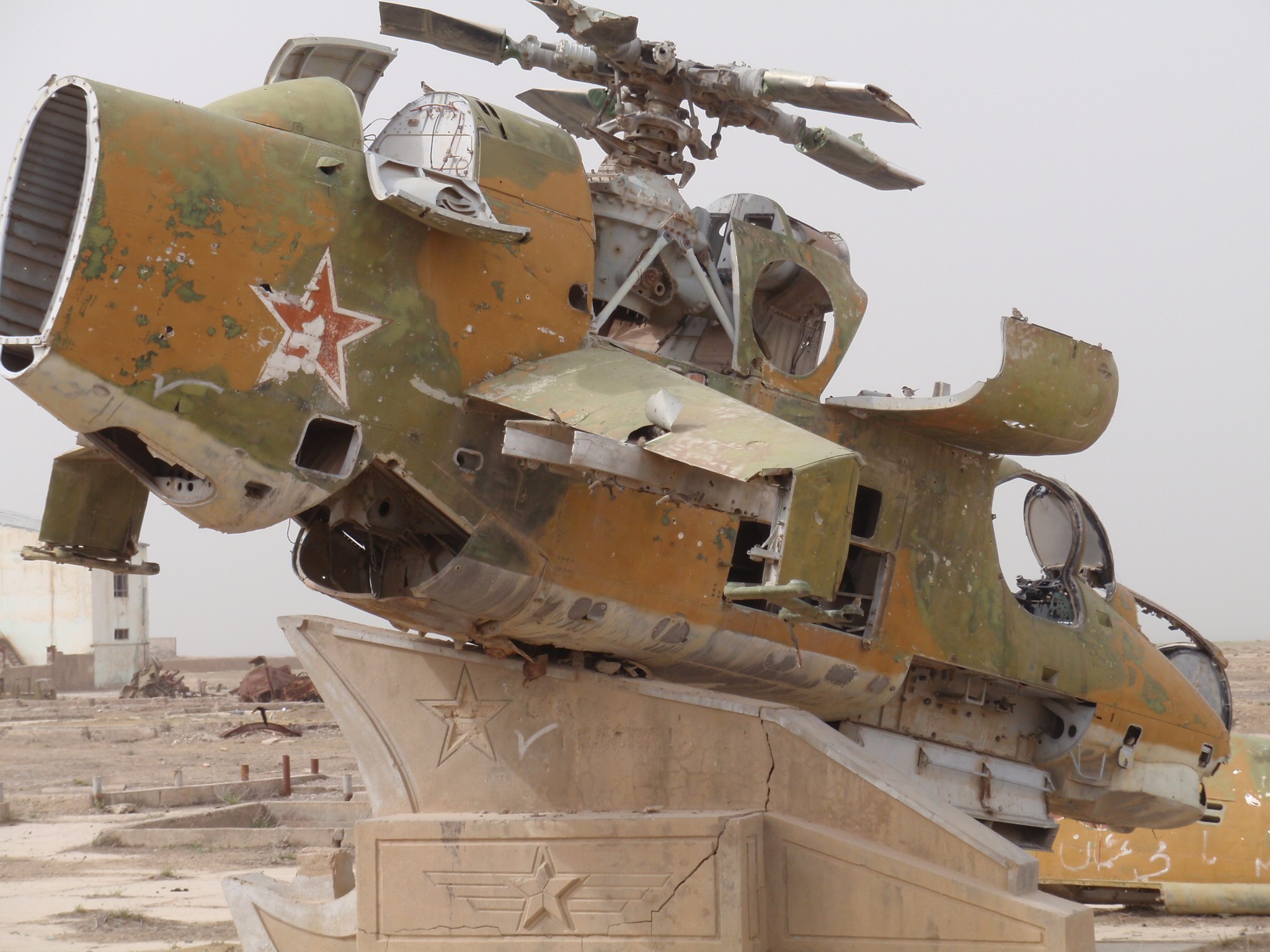
So the opening paragraph of my chapter (see page 253 of America’s Modern Wars) on Afghanistan says (after the infamous George W. Bush quote):
Afghanistan is an unusual case, as the central government (controlled by the Taliban) was overthrown in 2001 by the U.S. and their Afghan allies, with the U.S. allied with and helping the anti-Taliban insurgents! This U.S. then installed a new government and a new insurgency developed against this U.S. supported government. Still, the insurgency appeared to lie fallow until 2005, when the incidents and violence began cycling upwards and finally exploding into a full scale insurgency in 2009 that now appears to be difficult to control.
I then describe the process in some depth, concluding on page 255:
This left the U.S. and allies in 2006 with 114,066 counterinsurgents facing allegedly only 2,000 to 5,000 insurgents and suffering 65 U.S. killed in action (as opposed to killed from all causes, 65 coalition killed in action, 63 Afghan Army and a rather significant 412 [Afghan] police. Were the counterinsurgents loosing control of the war at that point, only securing those spots they most cared about, and handing over control of the rest ot the country to the insurgents? That appears to be the case.
From there, the war tipped rapidly out of control, with 2007 seeing 83 U.S. killed in action, 99 coalition troops killed in action, 385 Afghan Army and a stunning figure of 925 police killed. The following year was no better, with 133 U.S. killed in action, 125 coalition killed in action, 226 Afghan Army and 880 police killed. The years of 2009 and 2010 have only been worse.
So, what happened and how did the U.S. loose control of the situation? Unfortunately, The Dupuy Institute was not doing any work on the subject at the time. But, we do note to start with that the estimates of insurgent strength again appear low, as was the case with Iraq. In 2006 it was estimated that the insurgents had between 2,000 and 5,000 troops. The U.S. and coalition forces also claimed to have killed 600 insurgents and captured 1,200 more. This is pretty significant casualties if the insurgency only had 2,000 fighters. One wonders how so few guerillas managed to keep the insurgency going with such losses.
By 1 January 2008 the NATO-led International Security Assistance Force (ISAF) had upped its estimate to between 7,000 and 20,000 guerillas, which is much better, but when one considers that the guerillas had been doing over 6,000 incidents a year since 2006, it appears that the public estimates were still catching up with the reality on the ground.
In December 2008 we flagged this concern about guerilla force size in a briefing we gave. We noted that the incidents in Afghanistan were on the rise.
(to be continued)
